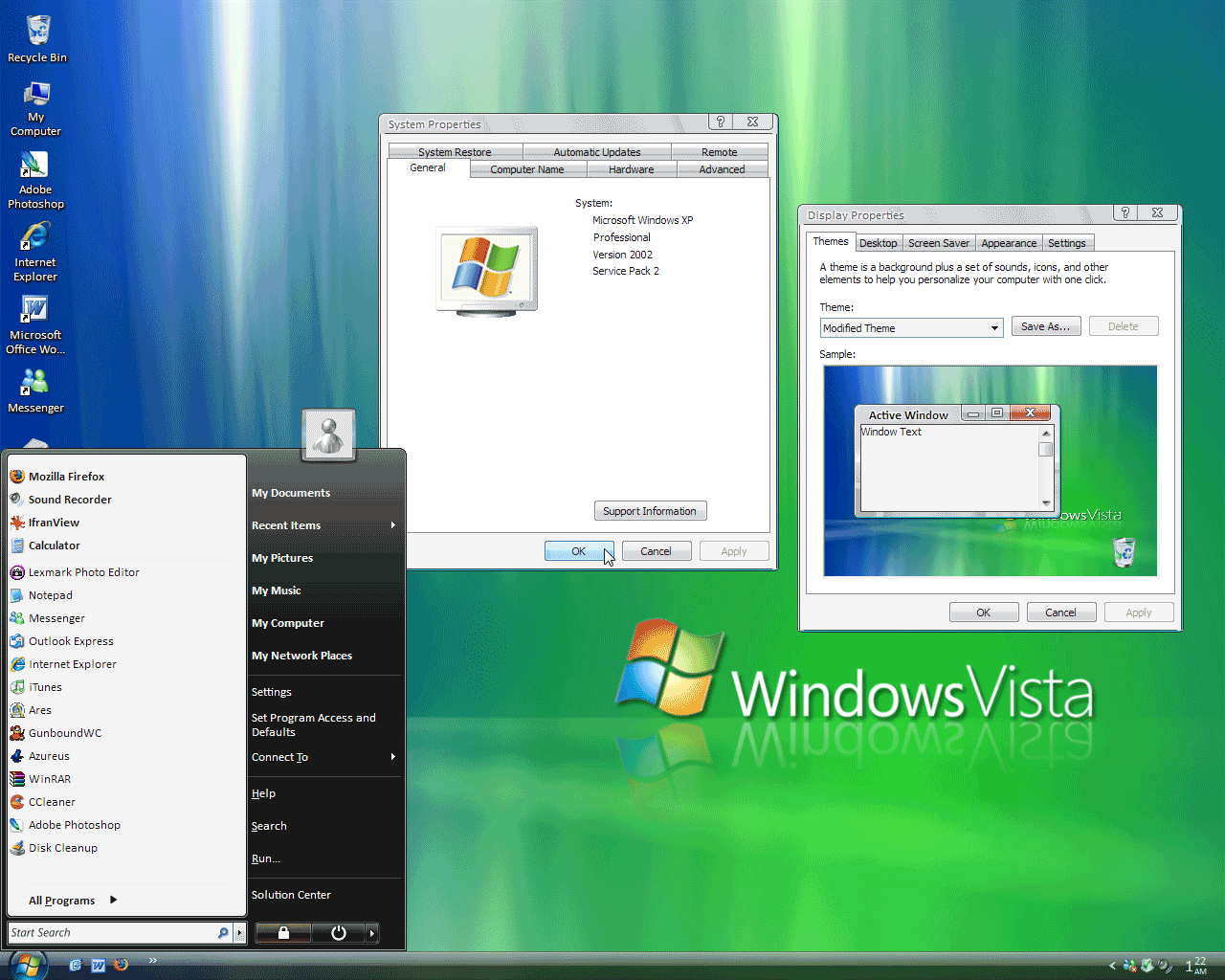
Windows XP was the longest running Microsoft operating system, seeing three major updates and support up until April 2014 – 13 years from its original release date. The Start menu and task bar got a visual overhaul, bringing the familiar green Start button, blue task bar and vista wallpaper, along with various shadow and other visual effects.ĬlearType, which was designed to make text easier to read on LCD screens, was introduced, as were built-in CD burning, autoplay from CDs and other media, plus various automated update and recovery tools, that unlike Windows ME actually worked. It was based on Windows NT like Windows 2000, but brought the consumer-friendly elements from Windows ME. Photograph: Schrift-Architekt/flickrĪrguably one of the best Windows versions, Windows XP was released in October 2001 and brought Microsoft’s enterprise line and consumer line of operating systems under one roof. Later revisions of Windows 95 included IE by default, as Netscape Navigator and NCSA Mosaic were popular at the time. Internet Explorer also made its debut on Windows 95, but was not installed by default requiring the Windows 95 Plus! pack. MS-DOS still played an important role for Windows 95, which required it to run some programmes and elements.

Windows 95 also introduced a 32-bit environment, the task bar and focused on multitasking. That was the idea it didn’t always work in practice. It also introduced the concept of “plug and play” – connect a peripheral and the operating system finds the appropriate drivers for it and makes it work. View the included example themes to get started.As the name implies, Windows 95 arrived in August 1995 and with it brought the first ever Start button and Start menu (launched with a gigantic advertising campaign that used the Rolling Stones’ Start Me Up, and a couple of months later Friends stars Jennifer Aniston and Matthew Perry. Themes use the XAML ResourceDictionary format. Valid locations to create a Languages or a Themes directory: To use custom languages or themes, create a Languages or a Themes directory and place valid. RetroBar supports custom languages and themes. Customizable XP-style collapsible notification area.Ability to show Vista-style window thumbnails.Option to display the taskbar, notification area, and clock on multiple monitors.Display taskbar on any side of the screen (even on Windows 11).Native task list with UWP app support and drag reordering.

Native notification area with balloon notification support.Replaces default Windows taskbar with classic layout.NET 6.0.2 or later desktop runtime (select the appropriate download button under "Run desktop apps") Windows 7 SP1, Windows 8.1, Windows 10, or Windows 11.RetroBar is based on the ManagedShell library for great compatibility and performance. Pining for simpler times? RetroBar teleports you back in time by replacing your modern Windows taskbar with the classic Windows 95, 98, Me, 2000, XP, or Vista style.


 0 kommentar(er)
0 kommentar(er)
